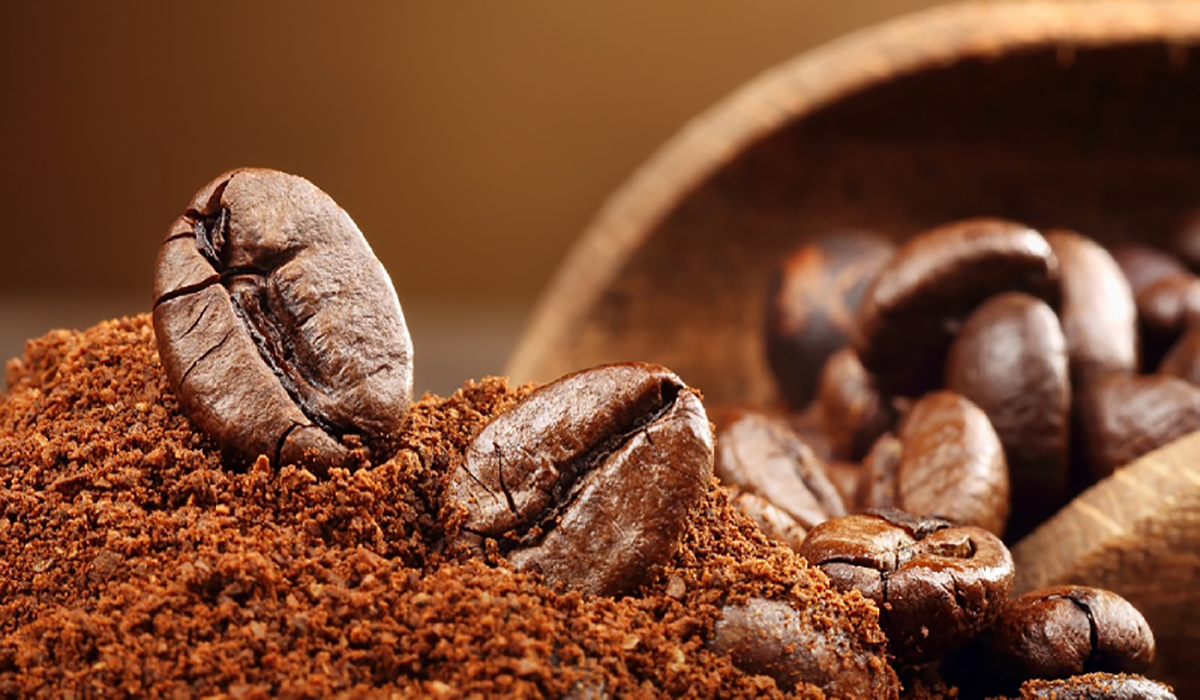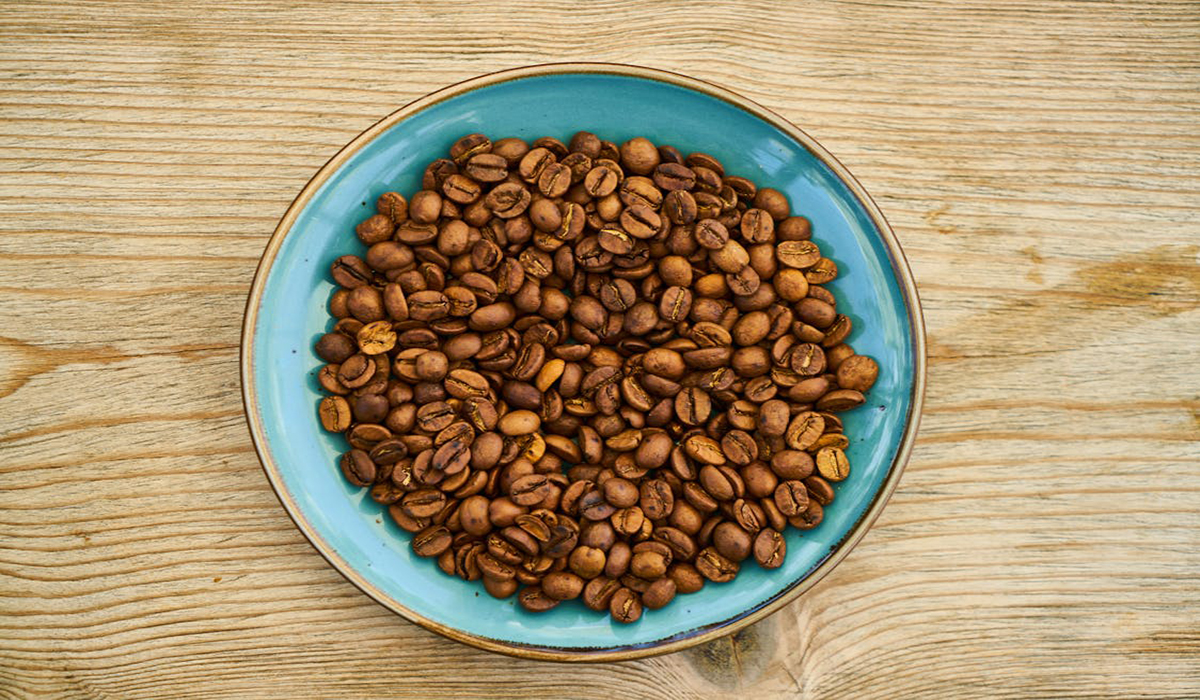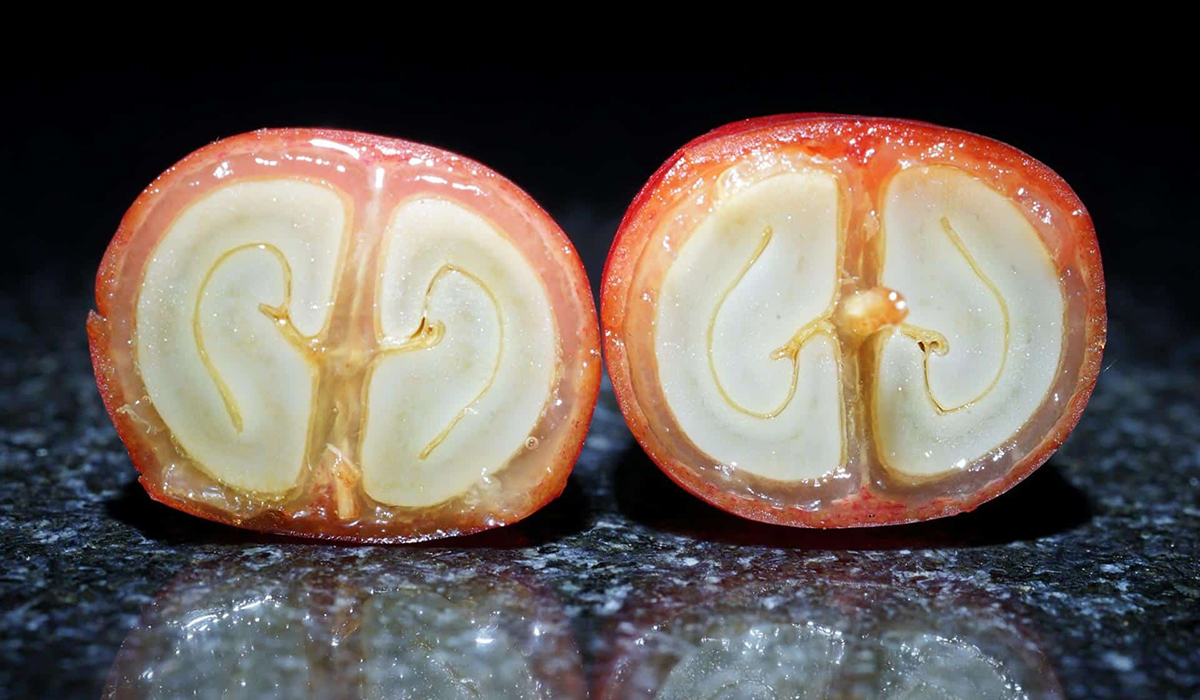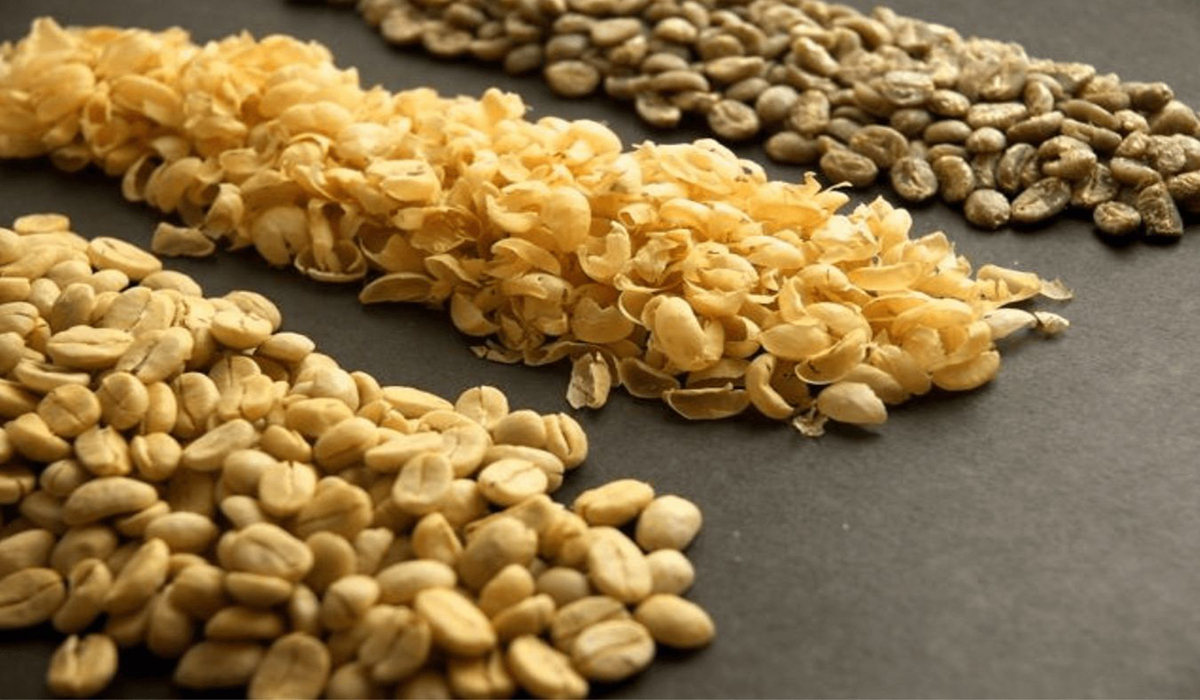Tag Archives: Coffee Processing
04
Feb
Producing high-quality coffee requires following specific steps and using the necessary equipment for coffee production. Have you ever ...
21
Jan
How to Grind Coffee: A Complete Guide to Setting the Grind Size for Different Types of Coffee
Be Your Own Home Barista! Brewing coffee with the perfect taste and aroma is not just about the brewing process itself. Choosing the ri...
19
Jan
Coffee Processing Methods: An Introduction to the Steps and Best Practices
Coffee processing is one of the most important and influential stages in transforming freshly picked coffee beans into a high-quality, ...
14
Jan
What Is Coffee Mucilage and Why Is It Important in Coffee Processing?
When we talk about coffee mucilage and what coffee mucilage is, we are referring to a natural layer that surrounds the coffee bean. Thi...
07
Jan
Getting to Know Components of a coffee bean: Layers and Structures That Will Amaze You!
Many of us turn to a cup of coffee every day to kick off a busy day and enjoy its taste and aroma. But have you ever thought about the ...
05
Jan
What Is Coffee Parchment? The Layer That Ensures Bean Quality!
Have you ever wondered what the secret behind a great and delicious cup of coffee is?
Is it only the coffee beans and the brewing meth...







